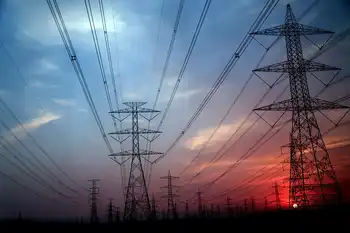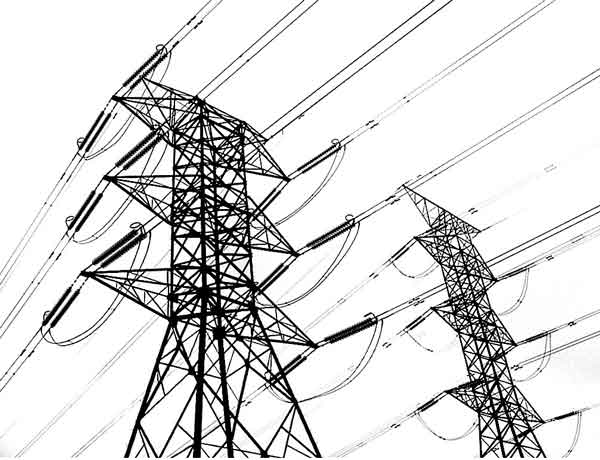Storage system passes 5 million hours operation
By PR Newswire
NFPA 70e Training - Arc Flash
Our customized live online or in‑person group training can be delivered to your staff at your location.

- Live Online
- 6 hours Instructor-led
- Group Training Available
Since 2005, the company and its utility partners have installed and operated Ice Bear distributed energy storage units to shift building energy use from peak to off-peak hours – when electricity generation is cleaner, more efficient and less expensive – across a wide range of climates and geographies throughout the United States and Canada.
Locations include the hot, dry deserts and inland valleys of California, Arizona and Nevada the coastal climates of Hawaii, California and Florida the heat and humidity of Texas, Tennessee and Alabama and the extreme temperature regions of Ontario, Canada, and Northern Colorado.
In logging the five million hours, the systems have been successfully operating on a wide range of commercial, retail, government, and educational facilities with uptime in excess of 99 percent. These include major national retailers, restaurants and fast-food outlets, convenience stores, data centers, libraries, fire and police stations, schools, light commercial and manufacturing facilities, municipal buildings, an airport and even a motion picture studio.
The energy-efficient operation of the Ice Bear system in commercial applications in the field was documented in a recent ASHRAE publication, co-authored by Ice Energy's Robert Willis and Brian Parsonnet.
When aggregated and deployed at scale, Ice Energy's Ice Bear energy storage system represents a sustainable new energy solution equivalent to thousands of megawatts of clean peak power for utilities, enabling them to deliver reliable, competitively priced electric service to their customers in a sustainable, environmentally-sensitive manner.
The company recently announced an agreement with the Southern California Public Power Authority SCPPA to implement a 53 Megawatt energy storage project utilizing Ice Energy technology. The project, which represents the deployment of Ice Bear systems on thousands of locations throughout Southern California, will reduce California's peak electrical demand by as much as 64 Gigawatt hours annually, saving enough on-peak energy to power the equivalent of 10,000 average homes.











